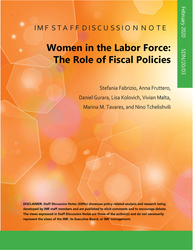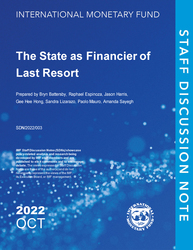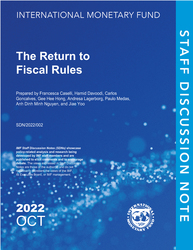
Women in the Labor Force
The Role of Fiscal Policies
Despite the increase in female labor force participation over the past three decades, women still do not have the same opportunities as men to participate in economic activities in most countries. The average female labor force participation rate across countries is still 20 percentage points lower than the male rate, and gender gaps in wages and access to education persist. As shown by earlier work, including by the IMF, greater gender equality boosts economic growth and leads to better development and social outcomes. Gender equality is also one of the 17 United Nations Sustainable Development Goals that 193 countries committed to achieve by 2030.
Publication date: February 2020
ISBN: 9781513529134
$10.00
Add to Cart by clicking price of the language and format you'd like to purchase
Available Languages and Formats
| English |
Prices in red indicate formats that are not yet available but are forthcoming.
Topics covered in this book
This title contains information about the following subjects.
Click on a subject if you would like to see other titles with the same subjects.
Female labor force participation , gender-responsive fiscal policy , inequality , labor productivity , overlapping generations general equilibrium model , poverty
Summary
Copyright © 2010 - 2025
Powered by:
AIDC



